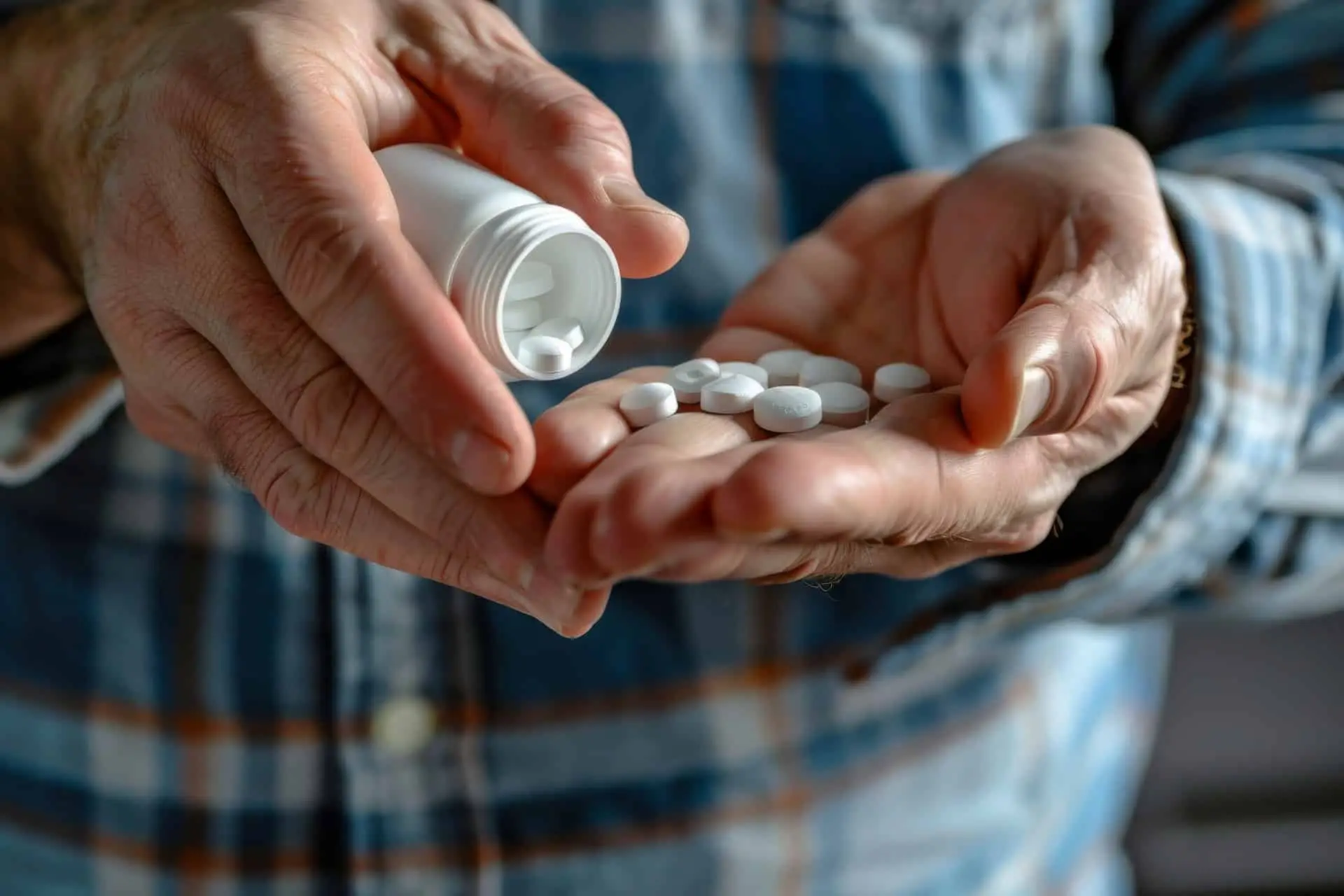

Commercial Businesses

Research Companies


New Drug Applications: US and EU Procedures
Developing, testing, and approving a new medication is a rigorous process that requires significant time and investment. Critical to this process is the New Drug Application (NDA) in the United States or the Marketing Authorisation Application (MAA) in the European Union. This quick guide explores the critical components of new drug applications and procedures in the European Union and the United States.
MedicaPharma is a trusted partner for a range of businesses across multiple sectors in the healthcare industry.




The NDA and MMA processes share standard components that include:

The European Medicines Agency (EMA) evaluates and controls marketing authorisation applications in the European Union. The authorisation procedure enables pharmaceutical companies to submit a single application to the agency in order to conduct marketing activities and make the product available to healthcare providers and patients throughout the European Economic Area.
Steps in the procedure include:
Pre-submission meetings generally speed up the validation process. This step is typically undertaken 6-7 months before submitting the marketing authorization application.
Generic drugs are copies of a branded drug developed by another company once patents and rights have expired. They typically cost less than branded drugs, however they must undergo an approval process by the FDA and EMA before distribution.
The approval process for generic drugs in the United States usually must demonstrate that:
The New Drug Application (NDA) process has governed the control of new drug development in the United States since 1938. During the procedure, drug sponsors formally propose approval by the FDA using data obtained during human clinical trials and animal studies.
The NDA is part of the full drug development process with steps that include:
The goals of the NDA procedure are as follows:

GMP-certified products are produced and controlled according to standards set by regulatory authorities and relevant industry organizations.
Quality Assurance | Safety and Efficacy |
GMP is a mark of quality. Compliance with GMP standards ensures products are manufactured to high standards, including consistency, equipment, employee training, testing, and facility design. | GMP-certified products undergo robust quality control and testing procedures to ensure they are consistent, safe, and effective. This is absolutely critical for substances intended for human consumption. |
Regulatory Compliance | Supply Chain Reliability |
GMP is recognized worldwide as the leading standard for producing and distributing APIs. Many regulatory authorities, including the European Medicines Agency (EMA), and the US Food and Drug Administration (FDA) require GMP compliance for product approval and marketing. | GMP covers the entire supply chain to make sure your products are top quality from start to finish, including raw material sourcing, storage, and transportation. Choosing GMP-certified APIs ensures supply chain integrity and reduced risk of poor-quality, counterfeit, or contaminated products. |
MedicaPharma is a trusted and fully licenced API distributor based in Europe that leverages a global network of GMP manufacturers to supply high-quality API’s and pharmaceutical intermediates to healthcare organizations all over the world.
Different countries and jurisdictions may have varying regulatory requirements, with poor enforcement of relevant rules and regulations. There may be accountability and transparency issues associated with manufacturing and distribution, which increases your risk of receiving non compliant products.
All MedicaPharma APIs are being checked within a closed GDP logistics circuit; in – and outgoing checks secure the quality and supply of the right material.
Leverage Our Network of 400+ GMP Manufacturers | Access High-Quality Chemicals Produced to GMP Standards | Experience Superior Sales and Support Services |
MedicaPharma partners with over 400 leading global producers to supply hospitals, pharmacies, research facilities, and educational institutions. | All our products are produced in regulated, GMP-compliant facilities and shipped with original documentation. No repacking or relabeling. | MedicaPharma is committed to providing trust, accountability, and transparency. We guarantee our products and support you from start to finish with first-in-class customer service. |
Obtaining your desired quotation from MedicaPharma is easy; simply complete the form below to begin processing your quote request.
"*" indicates required fields
Staying informed about abbreviated new drug applications helps you stay knowledgeable about the industry, trends in healthcare and biotechnology, and new business opportunities. EU-based MedicaPharma, a trusted pharmaceutical distribution partner, can help your research organization, educational institution, or patient care clinic stay current on new developments and emerging business ventures.
Contact us to learn more about new drug applications and their impact on your business.
A New Drug Application (NDA) and an Investigational New Drug Application (IND) are both regulatory submissions to the US Food and Drug Administration (FDA), however they differ in terms of development stages. The IND is submitted before conducting clinical trials on a new drug or a new use for an existing approved drug. In contrast, the NDA is submitted following the completion of clinical trials.
New drugs undergoing the application process are typically unavailable to the general public, however patients may be accepted during clinical trials as part of the Investigational New Drug (IND) application process.
For the European Union, the steps include submitting an eligibility request, notification of intention to submit an application, appointment of rapporteurs, pre-submission meetings, and re-confirming the submission date.
The drug development process in the United States includes the following steps: 1. Discovery and Development, 2. Preclinical Research, 3. Clinical Research, 4. FDA Review, and 5. FDA Post-Market Safety Monitoring.
Contact MedicaPharma to learn more about new drug applications and how they impact your research institution, health organization, or commercial business.
Supplier of Special Active Pharmaceutical Ingredients (GMP)
World Wide Shipping – Get a Quick Quote Now – Small quantities in GMP available
MedicaPharma – WORLDWIDE NICHE API SPECIALIST
All materials supplied according to:


Obtaining your desired quotation from MedicaPharma is easy; simply complete the form below to begin processing your quote request.
"*" indicates required fields
Obtaining your desired quotation from MedicaPharma is easy; simply complete the form below to begin processing your quote request.
Please note: MedicaPharma cannot and will not supply customers in the United States due to regulatory restrictions.
"*" indicates required fields